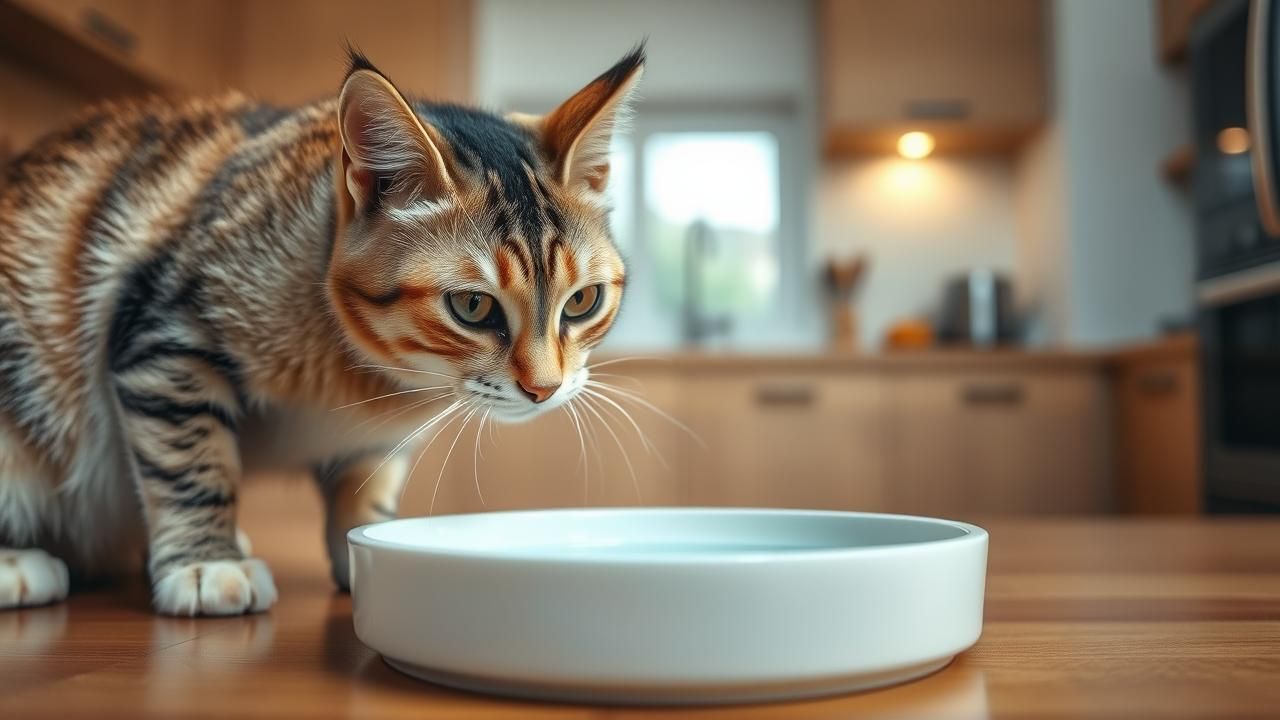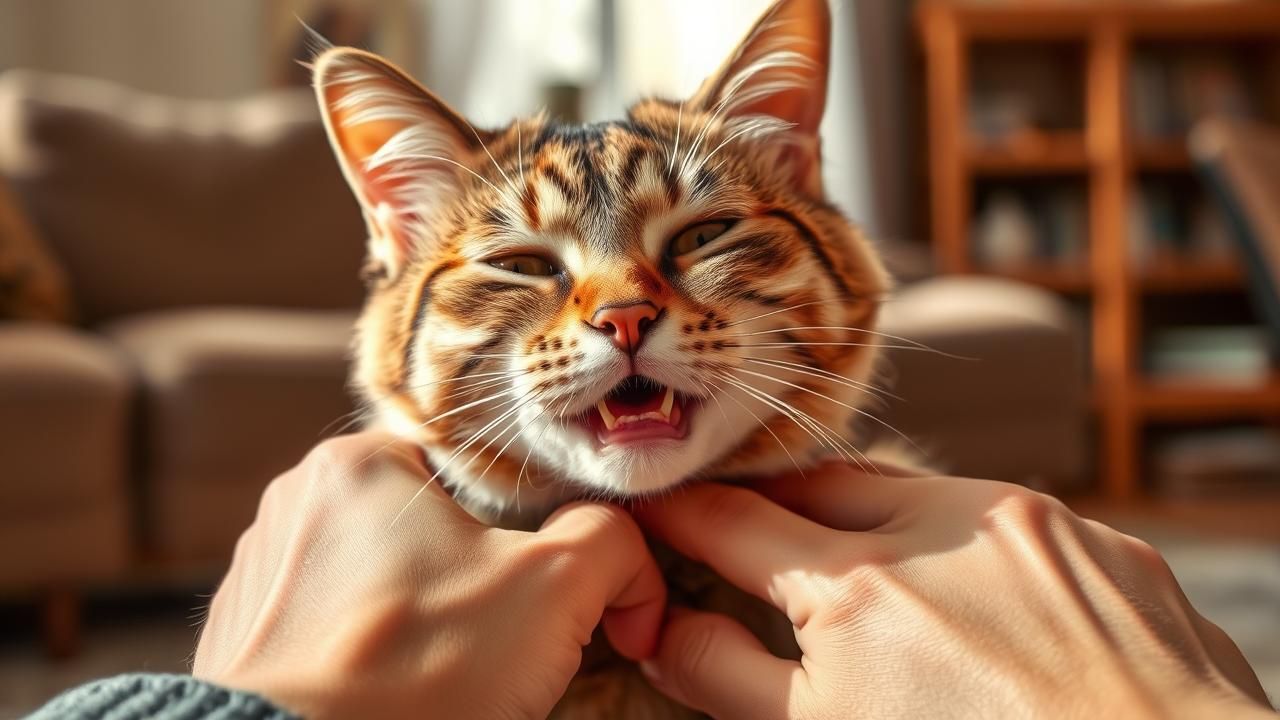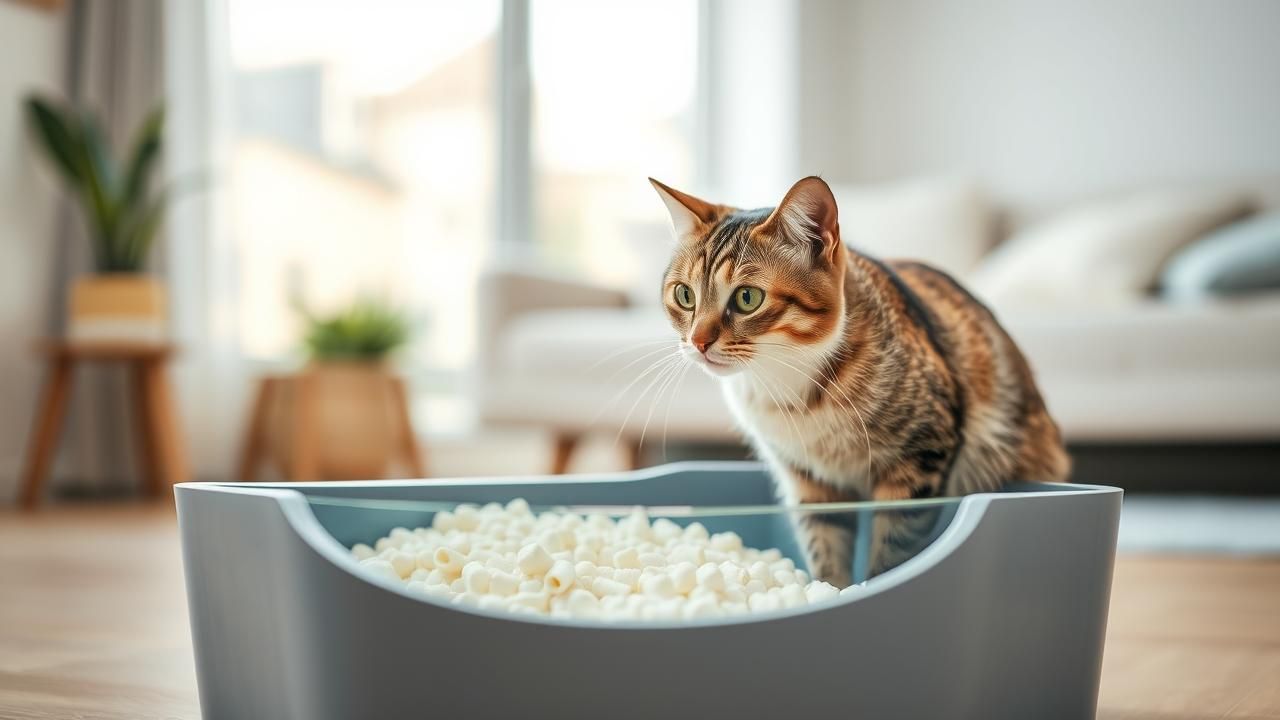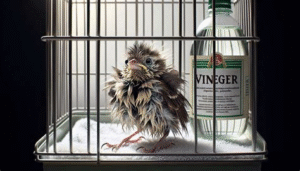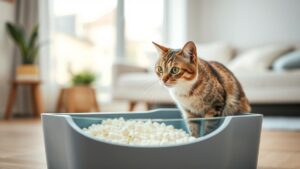The Panda Cory Catfish, (Corydoras Panda), is a variety of fish belonging to a family of freshwater catfish that is trending as one of the most common fish kept in captivity. The personification of a dry and peaceful disposition, along with their captivating colouration that resembles a panda bear, is among the top reasons why these fish are loved. Given that most fish enthusiasts, both novices and experienced ones, will find the Panda Cory Catfish easy and convenient to approach, this species can be a wonderful addition to community tanks.
Let’s talk about everything you need to know regarding Panda Cory Catfish in this guide. Whether it’s their physical features, natural habitat, diet, care, or their breeding capabilities, after reading this article you’ll have the information essential for taking care of this cute species.
Introduction to Panda Cory Catfish
Overview of Panda Cory Catfish
Corydoras panda are members of the genus Corydoras, which consists of small species of armored catfish. These pelvic finless fish are commonly found in South America, particularly in the Amazon Basin, where they populate slow currents along with dense vegetation areas. They usually rest on the bottom of these waters and scavenge for food among the substrate.
Panda corys are a fairly small type, so they can be kept in small community tanks as well as larger ones. Their colouration, due to the black and white shades, resembles that of a panda’s face, which is why many aquarists find them desirable. Due to their friendly nature, panda corys are often considered the best companions for other calm fish species.
What Makes Panda Corys a Must-Have in Aquariums?
The fame of the panda cory catfish comes from a few of its notable features that set it apart from other fish.
- Aesthetic: Panda corys are one of the visually mesmerizing species due to their body color mixing, black spots on a light body, and their cute and unique look.
- Calm Attitude: Panda Corys are quite passive fish, and because of that, they can be kept alongside a variety of other species.
- No Special Requirements: They do not require problematic attention, which makes them attractive to both beginners and advanced aquarists.
- Substrate Interaction: These fish inhabit the lower levels of the tank and aid in the upkeep of the aquarium by eating excess food and waste.
Panda Corys can be kept in many types of environments, starting from mini community tanks to larger, well-planted aquariums, given that the conditions are suitable.
Panda Cory Catfish: Physical Aspects
Size and Form
The Panda Cory Catfish is a small fish overall as a species. In good care, one will still be limited to about 2 inches (5 cm) but may fetch more within reason. Due to their small nature, they can fit in small or medium tank sizes. But that doesn’t mean they go unnoticed due to their rather exceptionally active personalities and characters as quite eccentric.
Panda Cory Catfish are such a wonder to look at, especially for their black markings, which resemble the features of a panda. These markings serve an important purpose as well, along with adding aesthetic value to the panda corys, as they assist them in blending well with their natural habitat. The max lifespan of 5-7 years is impressive for these pandas, especially when they are taken well care of. Maintaining good water conditions and limiting environmental stress can go a long way in extending their lifespan and protecting them from diseases.
In addition to the panda corys, one can also find jewel cichlids for sale at a reasonable price, and they too are pleasing to look at.
Panda Cory Habitat and Tank Setup
Panda Cory Catfish Natural Habitat
Panda Corys in the wild dwell in the shallow regions of the Amazon River Basin where the plant life is thick and the substrate is much finer. They also prefer the warmer waters that are slightly acidic or neutral. Scooping food in narrow rocks, plants, and debris is how they sustain themselves.
For your panda Cory catfish to flourish in an aquarium setting, you should recreate the environment that is suitable for them.
Creating an Ideal Environment for Panda Corys in an Aquarium
A healthy cage that will keep your panda corys happy is paramount for these creatures to thrive. Below are a few minimum requirements that you must have when creating an aquarium for your Panda Cory.
Size of Aquarium
Because they are small, panda corys can be quite riveting and should be kept in colonies of 5 to 6. They thrive in small communities, and for a small portion, then 10 to 20-gallon/38 to 76-litre aquariums will work perfectly. However, in case you are thinking of putting in different species into the tank, then a large aquarium would be the best choice, as this will enable free movement of the fish, and there would be lesser chances of territorial arguments arising.
Condition of the Water
Panda Corys are best suited to water that is slightly acidic, neutral, or soft; water that comes between the below parameters is ideal for both of them.
- Ideal Temperature: 22-26 degrees Celsius or 72 to 78 degrees Fahrenheit
- pH Level: Slight acidity to a neutral level of 6.0 to 7.0
- Water Hardness: Soft to moderately hard level of 4 to 12 dGH
It is crucial that both temperature and pH levels are closely monitored for panda corys. To ensure that you provide the best environment to your fish, ensure that you check the water regularly; there are several reliable kits available in the market.
Substrate
Since Panda Corys are bottom feeders, it is crucial to choose the ideal type of substrate. Soft sand or fine gravel is the way to go, since this enables the fish to search for food without causing damage to their sensitive barbels. Also, sharp gravel of a rough nature should be avoided as it may harm the barbs and bellies of the fish.
Filtration and Flow of Water
Gentle water movement is favoured by panda orys. Strong water movement is likely to stress them. Hence, it is essential to identify and use a filtration system that keeps the water well-dispersed while avoiding the high areas where the fish will struggle.
Tank Features
You should use lots of live plants, driftwood, and stones to mimic the natural habitat of the panda corys. Java Fern, Anubias, and Amazon Sword are the best species that serve two roles of providing shelter and promoting good water quality. Finally, adding rocks and driftwood to create caves and tunnels will add more protection for the fish.

Panda Cory Diet and Feeding: Everything That You Need to Know
Natural Diet
Just like their wild counterparts, panda corys in the tank will feed on detritus, plant matter, and small invertebrates. Unlike your typical fish, these tend to be scavengers and will forage for food that is lying on the substrate. Sensitive barbels are equipped in these fish to assist them in locating food particles that are buried or stashed in the sand.
Ideal Diet in Captivity
In order to provide your panda corys with the optimal diet while they are kept in a tank, you will need multiple feeding options to imitate their diet while they are living in the wild. Following are a few suggestions:
- Sinking Pellets or Wafers: Pencilled Corys consumption is considerably simplified through the use of sinking pellets, which are specifically designed for bottom feeders. They are essential as they provide a balanced diet consisting of protein, carbs, and fibers.
- Frozen and Live Foods: Foods such as bloodworms and brine shrimp can be fed to corys once in a while along with daphnia in a frozen form. This will help in adding extra content and protein nutrients for the corys.
- Vegetation: Along with meat, panda corys can consume a variety of blanched vegetables like spinach, zucchini, and peas. Make sure these vegetables are softened in order to get them easily placed at the substrate level.
- Algae and Biofilm: Since Panda corys are bottom dwellers, they can graze on biofilm and algae that are soft and grow on the surface of rocks, plants, decor, tanks, etc.
Feeding Routine/Manner: Growing/fattening
Offer Panda Corys 2 to 3 servings every day, as long as there is food and water kept, to mitigate pollution levels. For an improved diet plan, don’t extend the eating time beyond 5 minutes.
Behaviour and Interactions
Nature of Interaction within the Group of Panda Corys
Panda Corys are schooling-type fish, and they do well in a group. In nature, schools of these fish exist; thus, in captivity, they will require at minimum 5 to 6 fish together; otherwise, they will get stressed. If kept alone, a panda cory will usually feel stressed and become aggressive or depressed.
Relationships with Other Inhabitants of the Tank
Panda Corries are friendly and not hostile and are willing to share the tank with all other community fish. They accept small, peaceful fish such as:
- Tetras: For example, Neon Tetras, Cardinal Tetras, and Rummy Nose Tetras—the fish are amazing.
- Other Corydoras Species: Panda corys can be kept with other types of Corydoras as long as the tank is quite large.
- Shrimp and Snails: Freshwater shrimp and snails, such as Amano shrimp, are friendly to panda corys as they tend not to be aggressive.
Don’t ever keep Panda Corys with aggressive fish species and large predatory fish, as they might nip the delicate fins of them or even eat the Corys and themselves.
Breeding Panda Corys
Breeding Behaviour
In confinement, the breeding of panda corys is not that difficult as long as the conditions in the tank are perfect. You can encourage them to breed by reproducing the rainy season, which means you have to drop the temperature slightly, about 2 to 3°F, and pump in cooler water. This cue allows the fish to engage in reproduction by allowing them to breed.
Spawning Process
While breeding, the male fish will court the female fish by “kinda chasing” the female, swimming over and around her and guiding her to a flat surface that is ideal for her to lay her eggs. The smooth surfaces can include vertical pieces like plant leaves, the glass pane in the tank, or even rocks that are used for decoration. After fertilization, the eggs are conceived, and they hatch after 4 to 6 days of fertilization.
Scion and Gonads Maintenance
In order to prevent adult fish from devouring the fertilised eggs, it is necessary to remove the eggs after they have been spawned. It is thus possible to use a mix containing infusoria after a few days and brine shrimp when they are at the sour cum, and when they do start to mature, they should be switched to sinking pellets. During this time, the fertilised egg will first nourish itself using a yolk sac.
Providing Care and Challenges
Most Common Diseases
Even though at tropical temperatures Panda Corys are strong, hardy fishes, they sometimes get sick due to the nonoptimal conditions in the tank, which include:
- Ich (White Spot Disease): A disease caused by a parasite that leads to the appearance of white polka dots on the skin.
- Fin Rot: Caused by bacteria or compromised water, which leads to the fins being destroyed.
- Dropsy: It’s a bacterial ailment associated with swelling and bulging.
Preventing Diseases
The most appropriate method of keeping Panda Corys free from diseases is to get the appropriate water conditions. This includes:
- Making water replacements (25-30% every week)
- Keeping an eye on water ammonia, nitrite, nitrate, pH, and water temperature levels.
- Not overstocking and giving ample swimming space for every fish.
To control the transmission of ailments, it is prudent to keep new fish in a separate tank for some time before fully immersing them in the main tank.
Conclusion
The Panda Cory Catfish is another fish worth keeping in a freshwater aquarium for sure. The good temperament of the fish, its odd shape, as well as its low maintenance, make it perfect for new and experienced aquarists alike. We must ensure that the tank is appropriate for the fish, there is a correct diet provided, and most importantly, the water is of the best sort in order to have these great fishes around for a long time.
No matter if you cycle your tank as a community one, do first-time breeding, or just want some adorable bottom feeders, these panda cory catfish are just great for the purpose.



